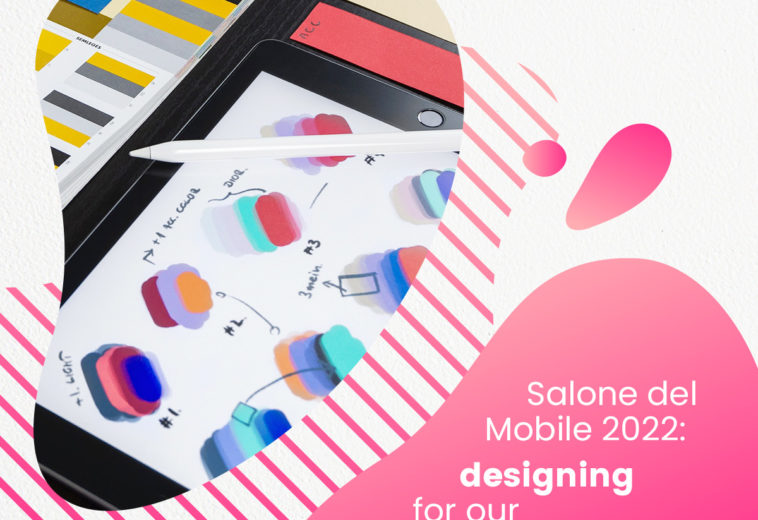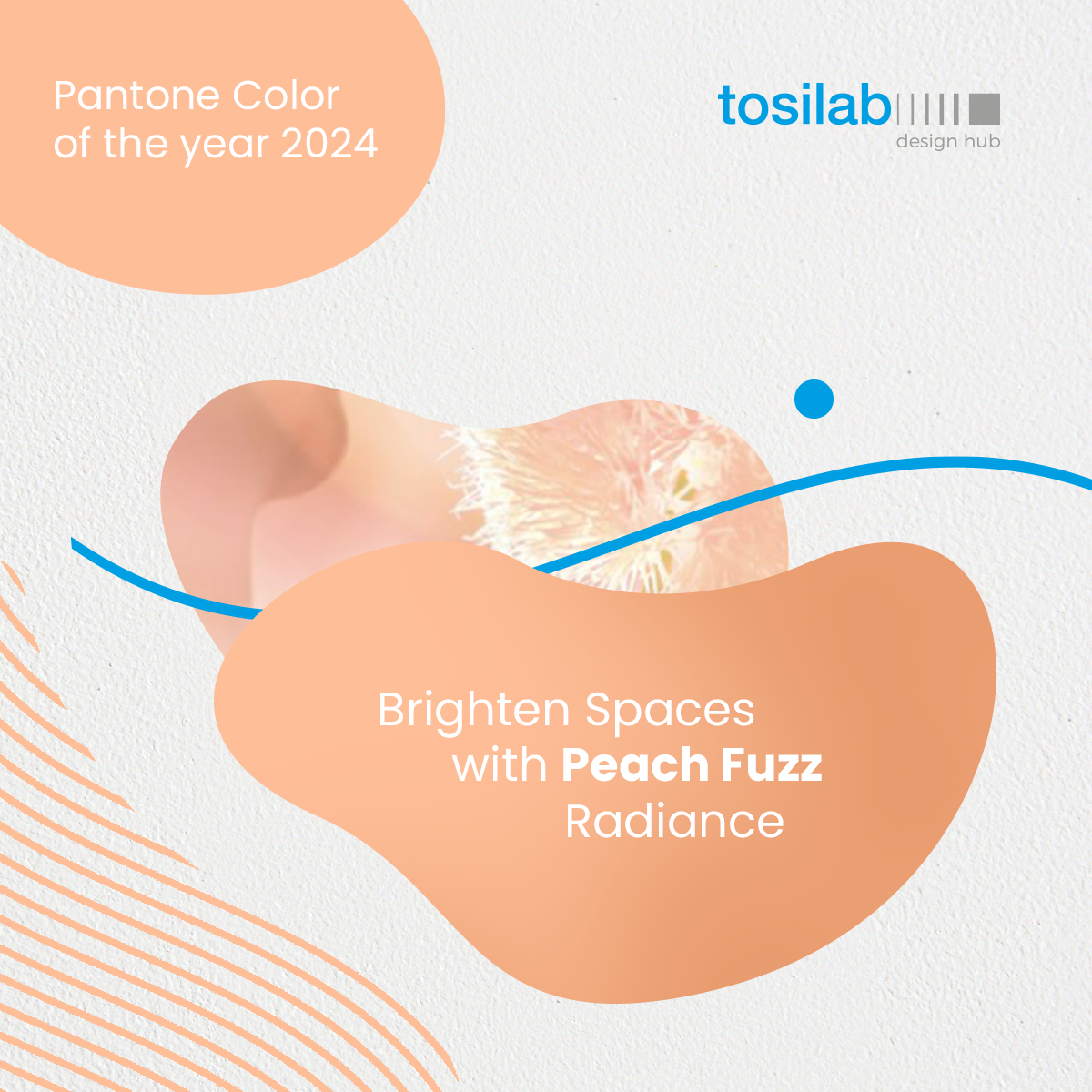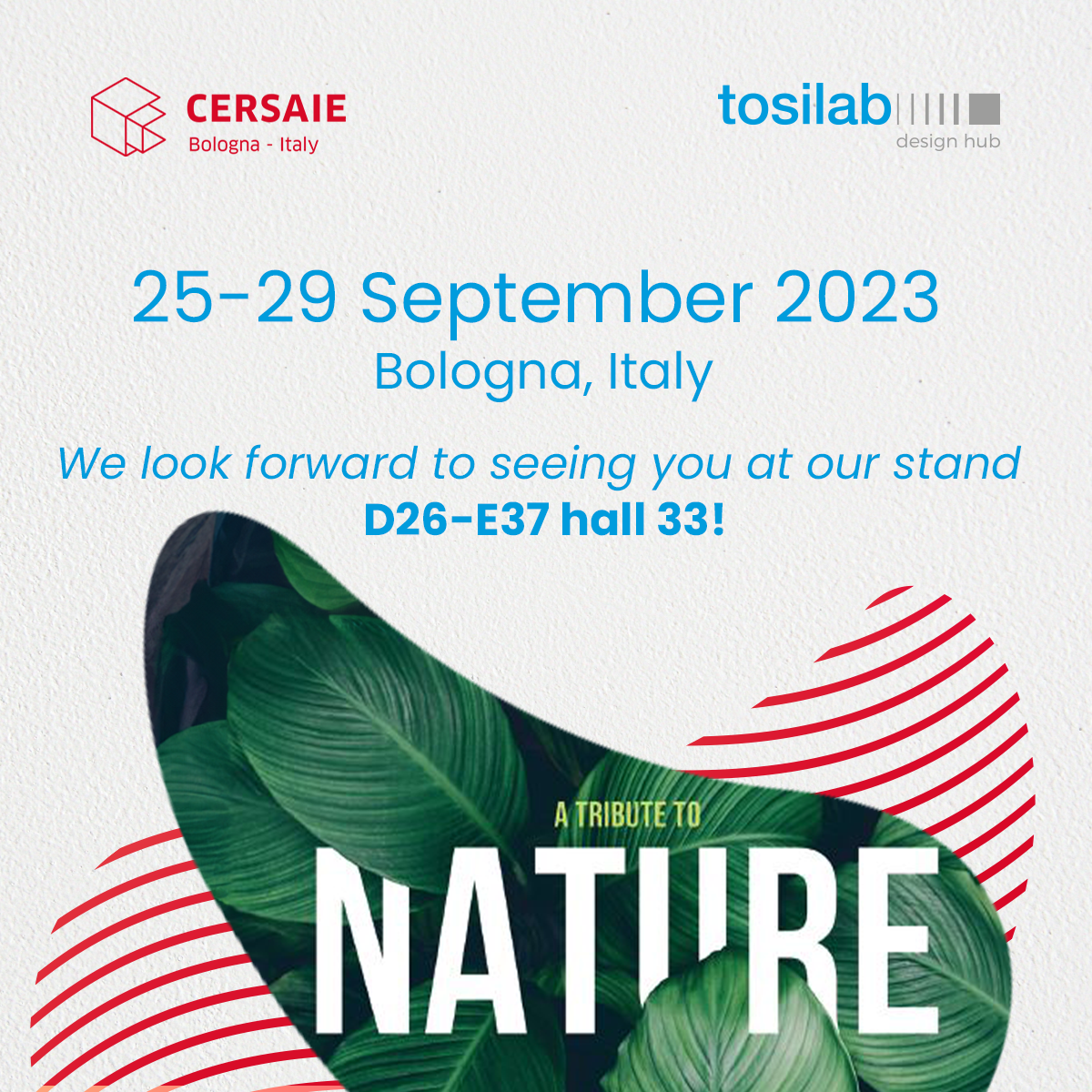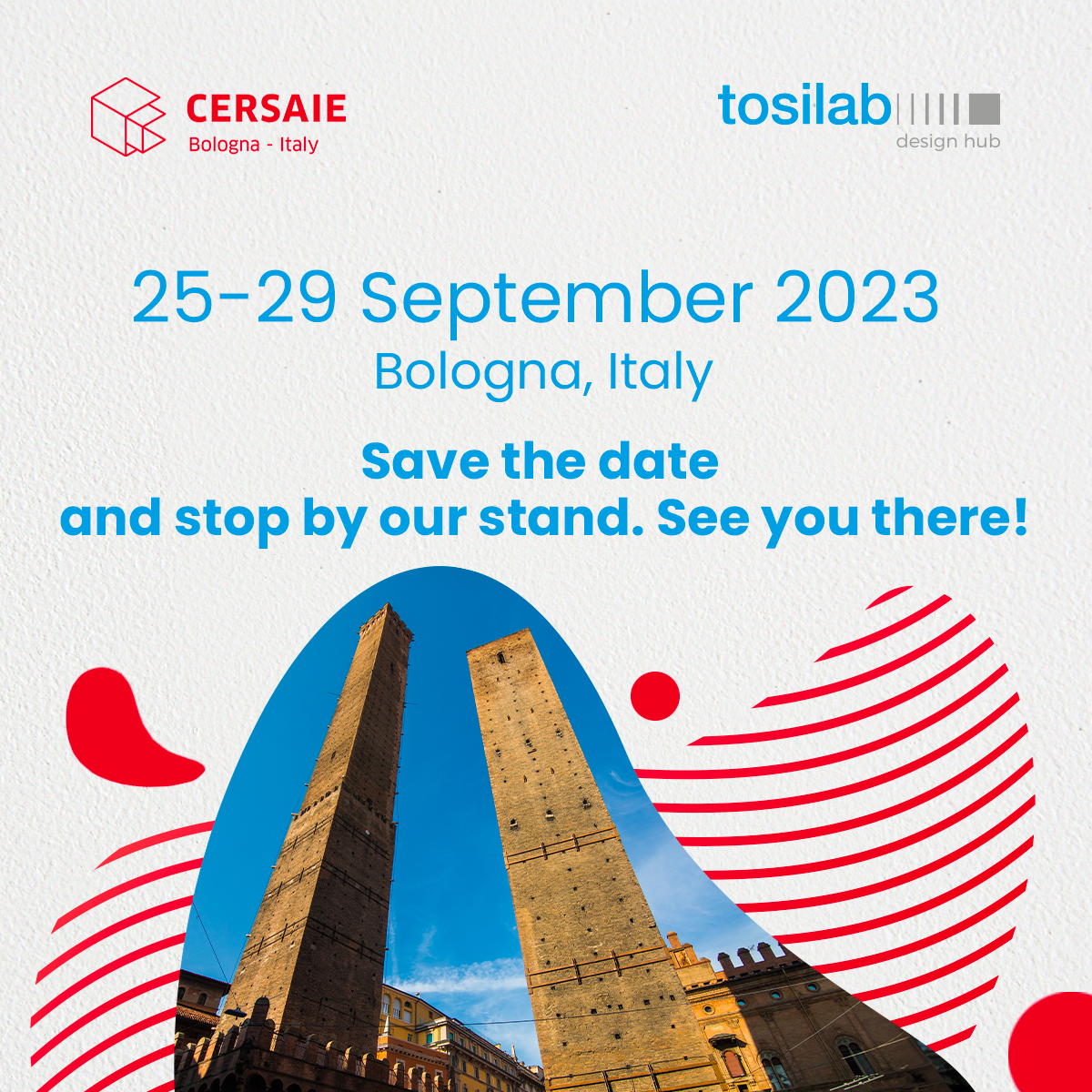Milan Design Week 2022: the trends to note and remember
The Design Week has just ended: the Salone del Mobile 2022 received 262 thousand visitors which, added to the over 400 thousand attendance figures for the Fuorisalone, mark the completion of the recovery, after two years of forced suspension, with a feeling of great optimism for the future. Numerous trends stood out in this edition: from greater attention towards the sustainability of production processes and materials used, to a search for innovative sensorial experiences, from interest in exterior design to the transformation of spaces in a minimal and more practical vein. We have put together for you these ideas under 4 main areas that seem to have guided designers, architects and planners in their work: lightness, sustainability, softness and freedom.
Lightness: space to the colors of nature and to transparencies.
Nature is a protagonist of the most recurring color palettes: milk and mint, rust, beige, green, and all the shades from terracotta to brick lend environments and furnishings a sophisticated and dreamy look, and lighten up spaces with elegance. A light effect is also found in the choice of materials, together with an attempt to optically enlarge spaces: glass wardrobes, wardrobe cabins and bookcases lighten the environment, keeping it open and airy, and mirrored furnishing objects produce optical effects, creating the perception of spaces that don’t exist.
Sustainability: scraps become gold; recycling is a must.
A theme that has constantly emerged among others in this MDW is certainly sustainability: at this point, fast design belongs to the past, and the key words for design and furnishing in the future are reuse and recycle. The choice of recycled plastic materials, the attention to circularity and the reuse of processing waste have, therefore, become opportunities for creating unique pieces and unrepeatable collections. Some examples? The armchair in the Le Bambole collection designed by Mario Bellini in 1972 which is revived in a new production arising out of the circular economy, or the series of hand-made Plastic River rugs with 100% recycled PET, or the ReChair chairs by Kartell, produced through the recycling of Illy express coffee capsules.
Softness: when comfort comes through touch
There was a boom in armchairs and sofas (the larger versions of which, apparently, increasingly appeal to all interior designers and planners) with refined coverings: the aim is to put the user at their ease through a sensorial effect communicated by the texture touching the skin. A sheep or cloud effect, different types of softness that aim to communicate an idea of general comfort. The sensorial effect is also conveyed by the shapes of the seats, always soft and round, modular and not very structured, for a relaxed and informal look&feel.
Freedom: the almost non-existent boundary between indoors and outdoors.
The boundaries between interior and exterior design have been reduced so much after these two years of restrictions so as to become practically inexistent. As a result, exterior furnishing has become refined and essential, in the search for a comfort that can only be achieved outdoors. Flexibility, softness and simplicity. It’s an embracing of minimalism and freedom of expression, also in an attempt to make spaces more livable in contexts that are not only domestic but also related to work, in an era in which smart working is the order of the day for many workers.
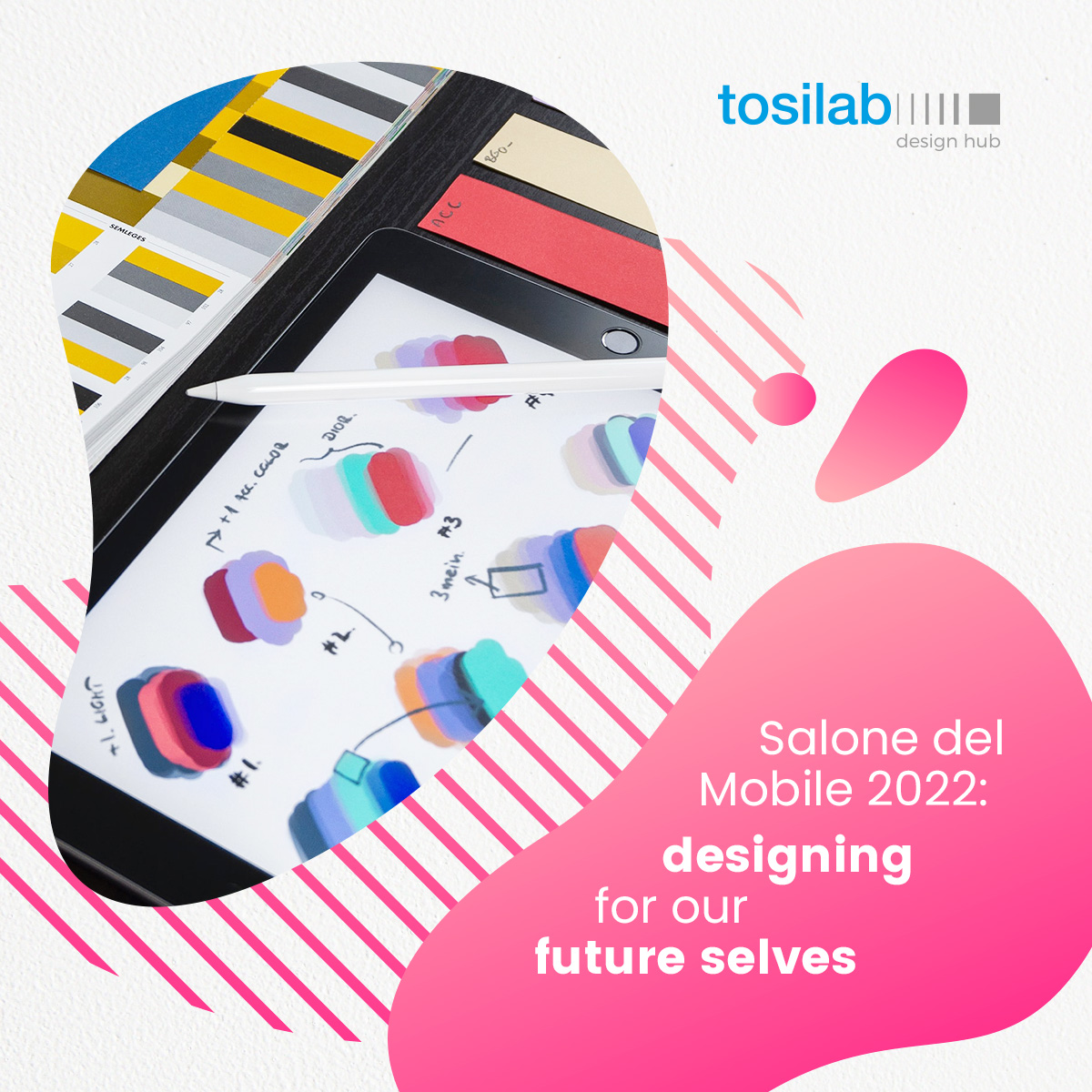
- 0 Comment
